Last Updated on March 19, 2023 by Jason Tome
Big buck tracks have some key features that separate them from smaller deer tracks. However, if you’re not careful you might mistake a smaller deer for a big buck track. Here’s how you can be sure you’ve found a big buck track:
Key Identification Features Of Big Buck Tracks
Factors That Make Deer Tracks Look Bigger Than They Actually Are:
First, you’ll want to consider these factors because these can cause you to misjudge a track:
-
Ground Density (Soft vs Hard)
Soft ground can make tracks look bigger than they are because they sink in further. When a deer track sinks into the ground the toes can appear more splayed and the dew claws will appear more clearly. In these situations it is important to use the other indicators below to gauge if the track was indeed made by a big buck.
-
Behavior/Demeanor
Stride length of a deer track will vary depending on what the deer is doing. If he is well rested and actively seeking does then his stride will appear long, if that same deer is feeding his stride length will appear short. If possible it is always a good idea to follow the tracks to get an average stride length.
-
Running vs Walking Tracks
A running track can look like a big buck track but when in reality it may just be a doe or small buck. This is because when a deer is running there is more momentum when the track is made. This causes the toes to splay and the dew clays to show. It is important to establish whether the deer is walking or running when the track was made to get an accurate determination.
-
Temperature
In snow conditions, temperature plays a big role in the size of a track. For example, if the temperature is above freezing and the tracks are melting, the track will round-out making it looking bigger than it actually is.
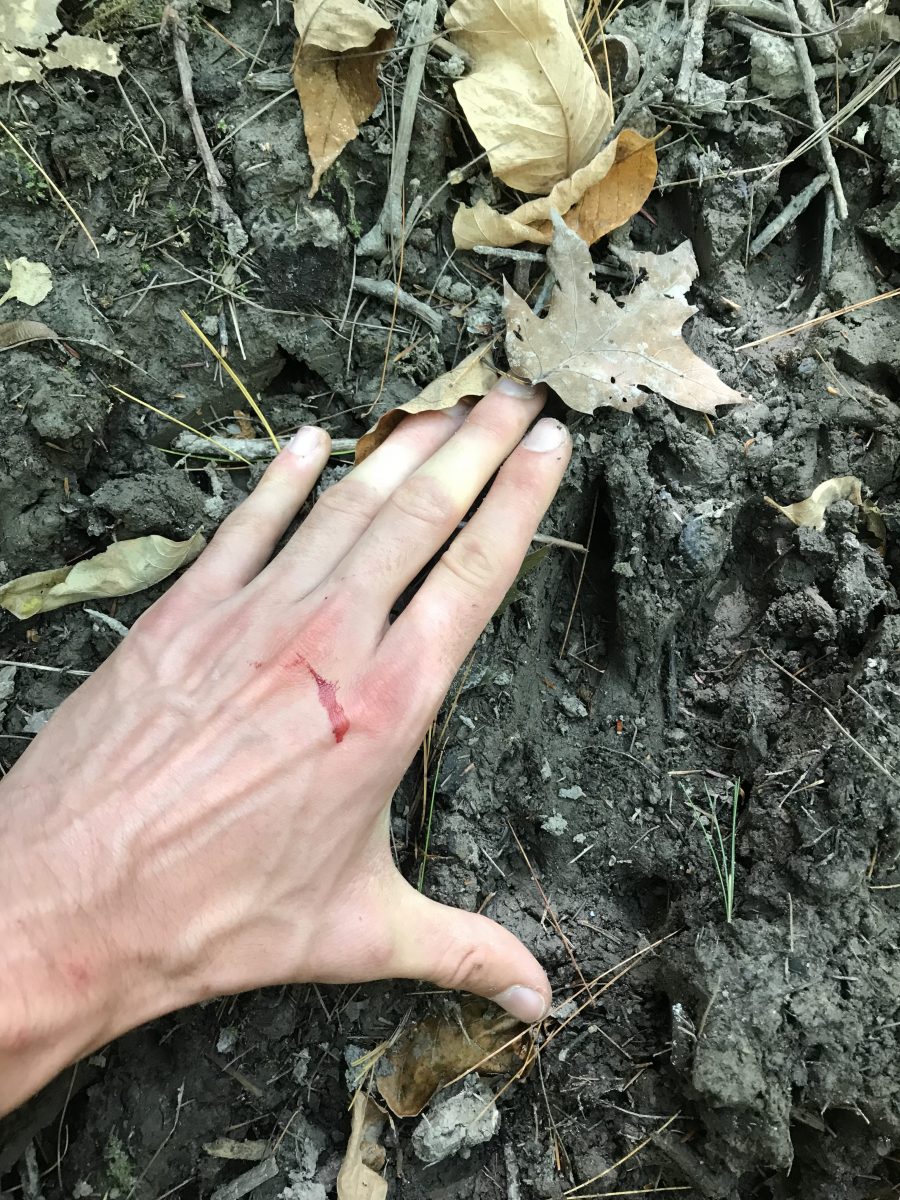
After You’ve Considered The Above Factors, it’s time to consider the following:
-
Track Length
The length of the track is a great indicator of a big buck track simply because big buck tracks will be bigger than the rest of the deer herd. I’ve found tracks that are around 4.5-inches in length or bigger have potential to be a big buck track. However, there is more to consider than just track length.
-
Track Width
Track width is probably a better indicator than track length but they often go hand-in-hand. A track that is around 3-inches is width is usually made by a big buck. The wideness of a track is usually a direct correlation to weight.
-
Splayed Toes
When I am referring to splayed toes I am talking about the gap between the toes. Splayed toes also goes hand-in-hand with track width. The heavier a buck is the more is toes will spread out to hold the weight of the deer.
-
Dew Claws
The dew claws are the two digits that are located behind the toes of a deer. Both does and buck have dew claws but usually only big bucks will leave clear dewclaw marks. It is possible to see the dewclaws of does and smaller bucks in soft mud and snow. That said, the dewclaws will be much more pronounced and wider than those of smaller deer. On big bucks the dewclaws are also tilted at a 45-degree angle and setback from the toes further than lighter deer, which will be closer to the toes and more strait.
-
Swagger/Gait
Another indicator of weight is the swagger or weight of a deer because a wide swagger means a big chested buck, or a fatter buck. The toes of these bucks will be pointed outwards rather than strait ahead.
-
Stride Length
The stride of a deer is also an indicator of weight because it measures the overall length of the deer. A longer stride means a longer buck which means a heavier deer.
-
Toe Dragging
In snow, big bucks will drag their feet because they are heavier, older, stiffer, and are trying to conserve as much energy as possible when they walk. This is accomplished by not lifting their feet any higher than is absolutely necessary. All deer will drag their feet in deeper snow but big bucks will drag their feet in very little snow. Big bucks will also drag their feet more in deeper snow, leaving cross country ski-like trails in their wake.
What Do Big Buck Tracks Look Like?
Big Buck Tracks In Snow
My article below: How to Track Big Woods Bucks in Snow – The Art of Reading Deer Tracks goes into detail on how to differentiate big buck tracks from smaller deer tracks in snow. You can apply these same concepts to big buck tracks in mud, sand, wet ground…etc.

Big Buck Tracks In Mud
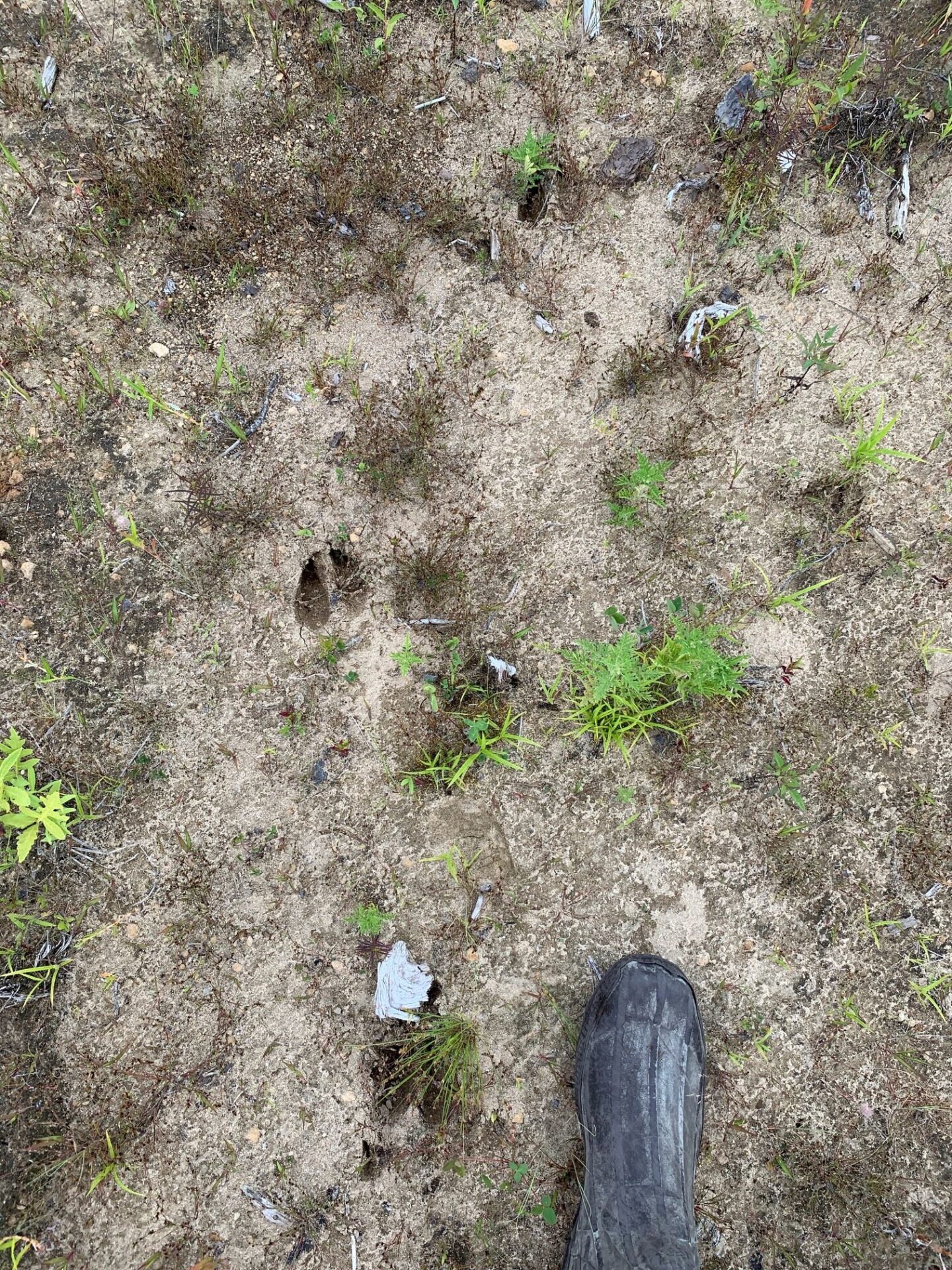
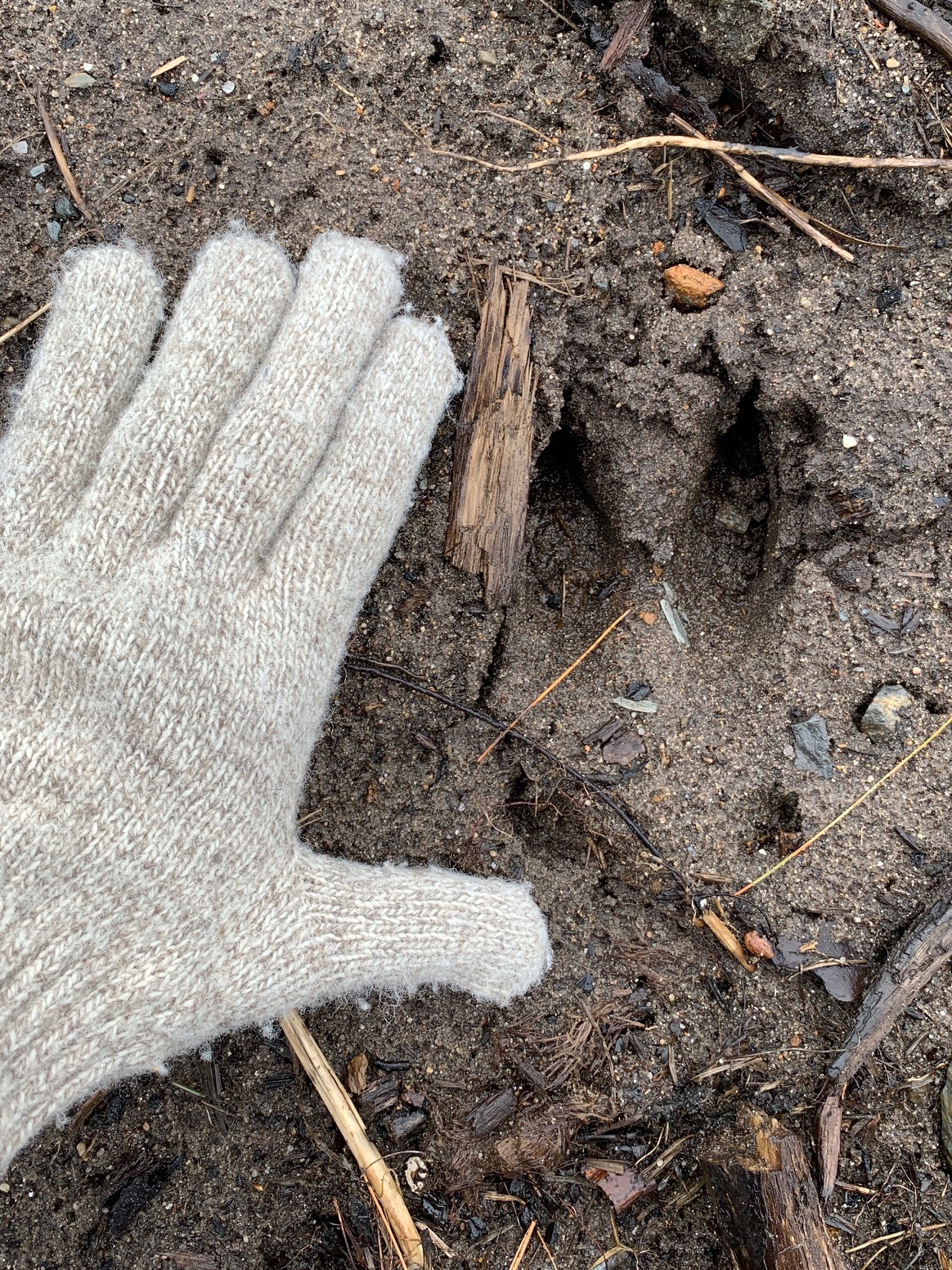
Big Buck Tracks In Sand
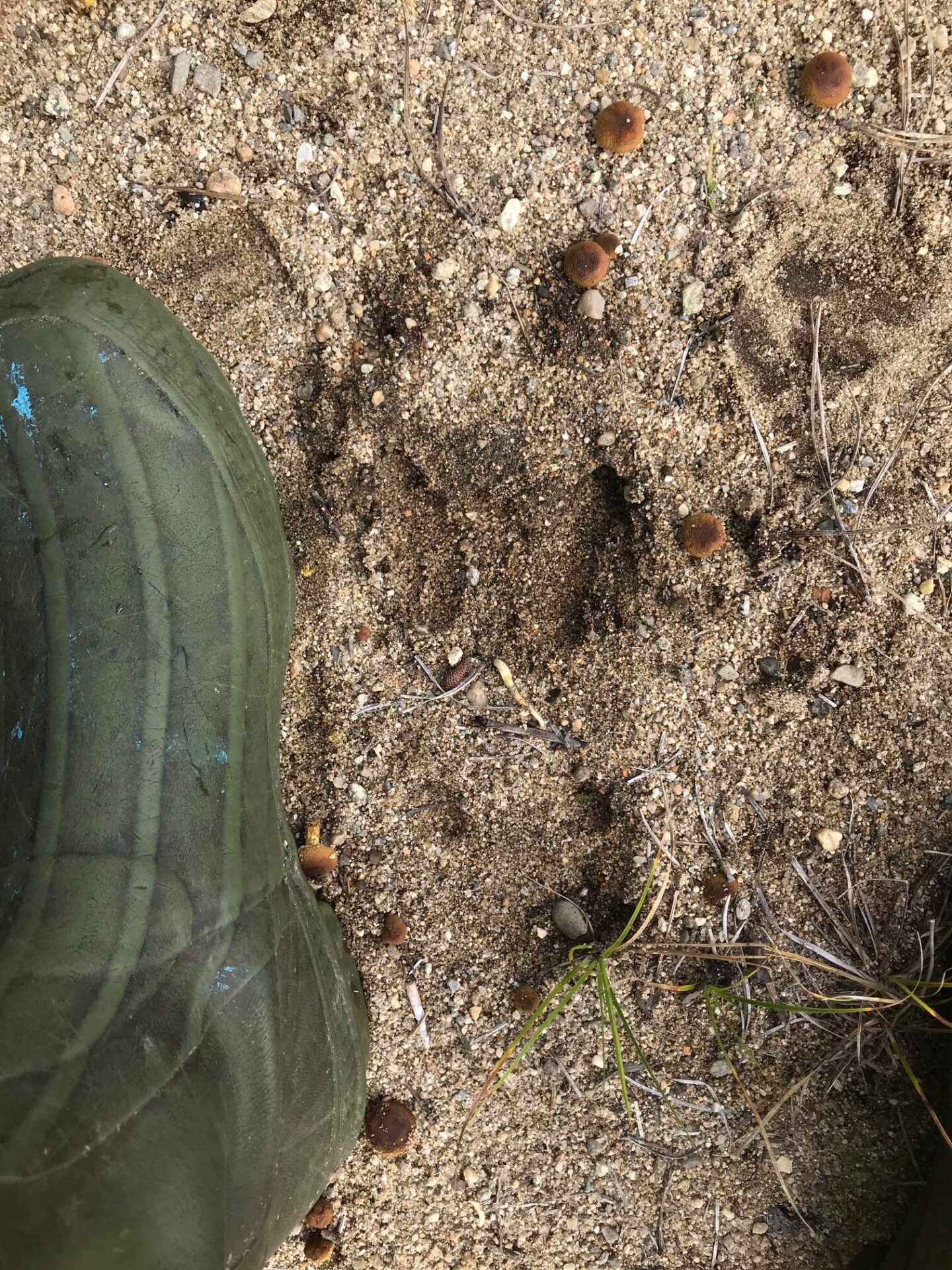
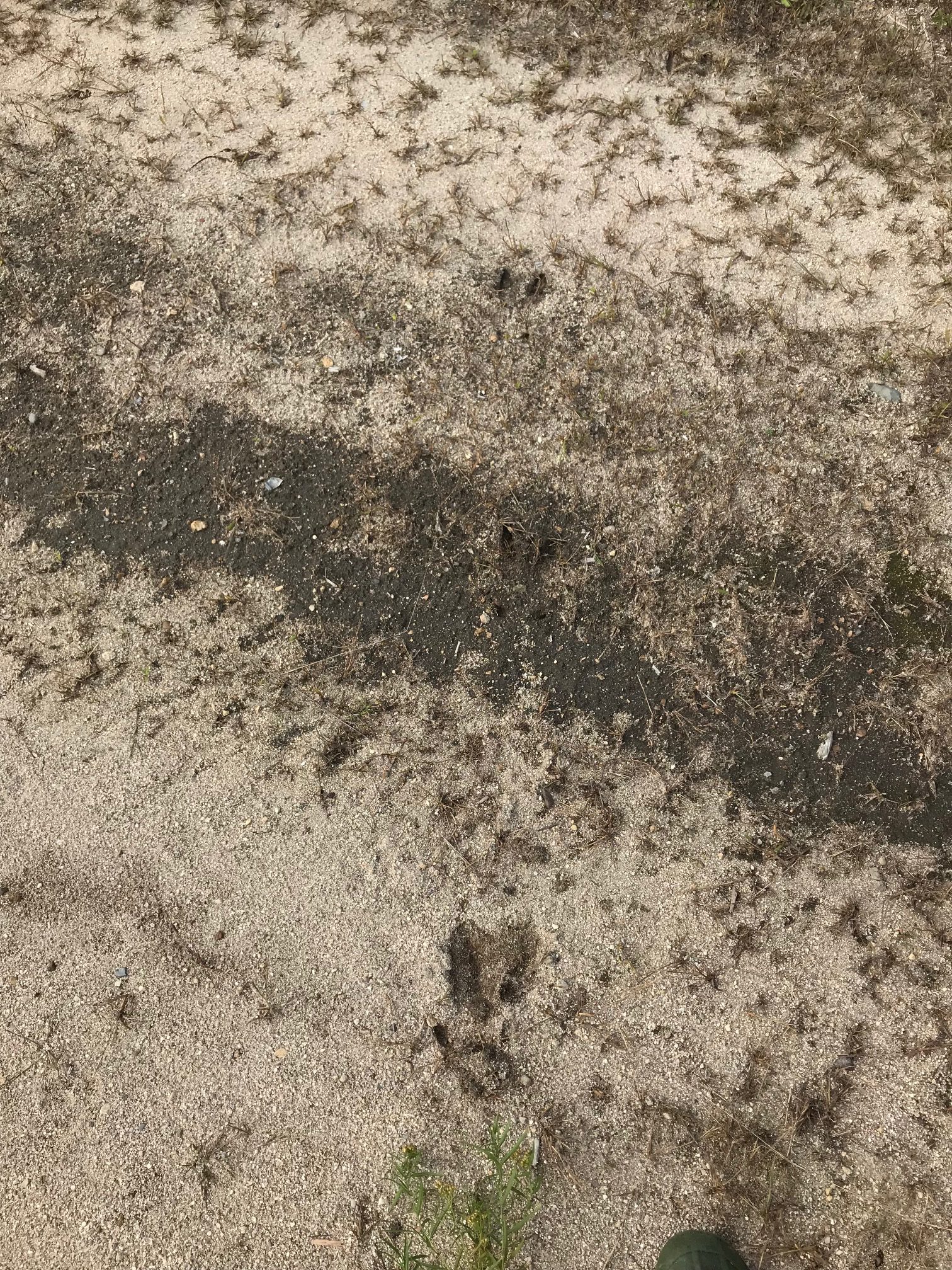
Big Buck Tracks On Wet Ground
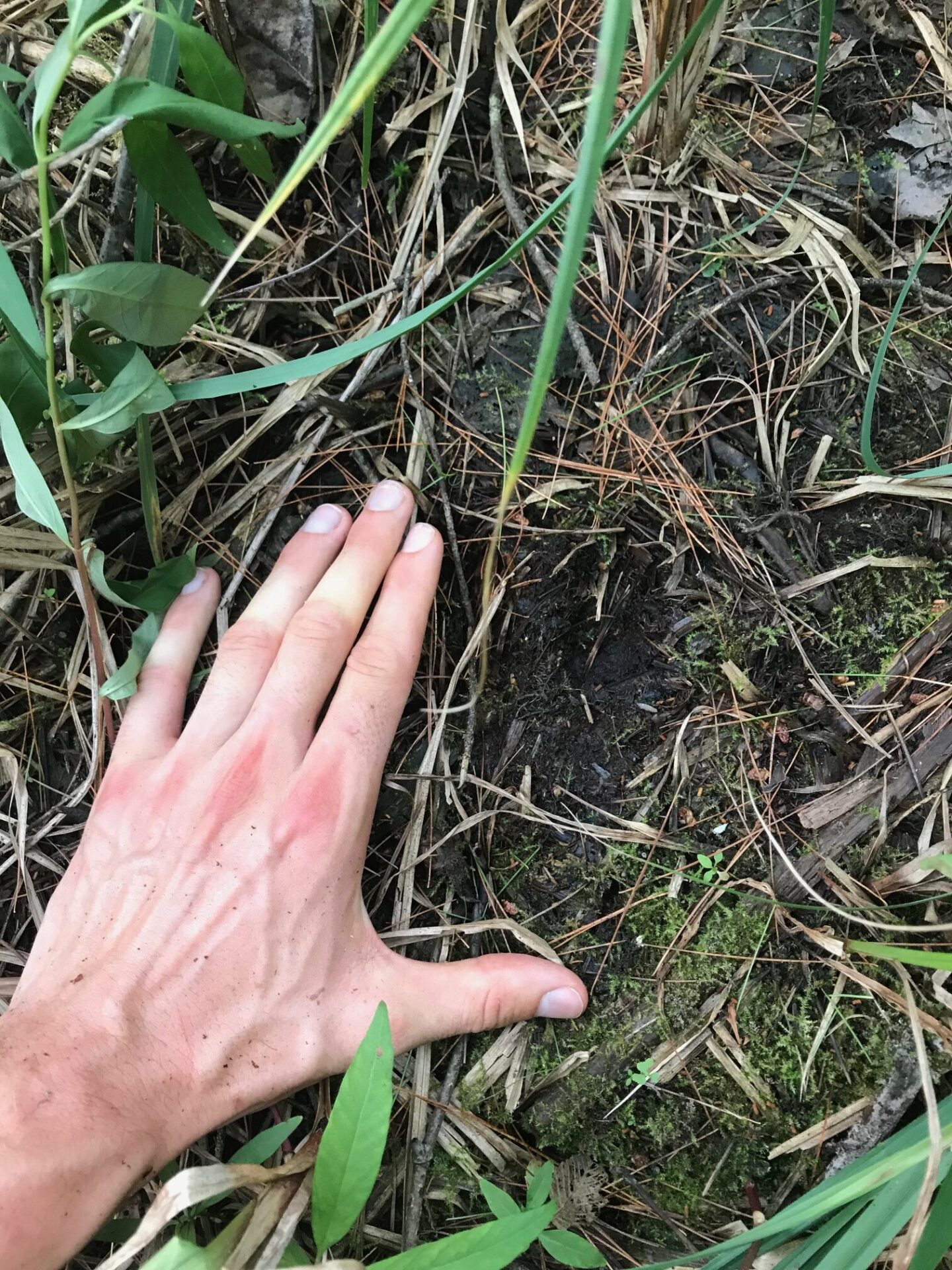
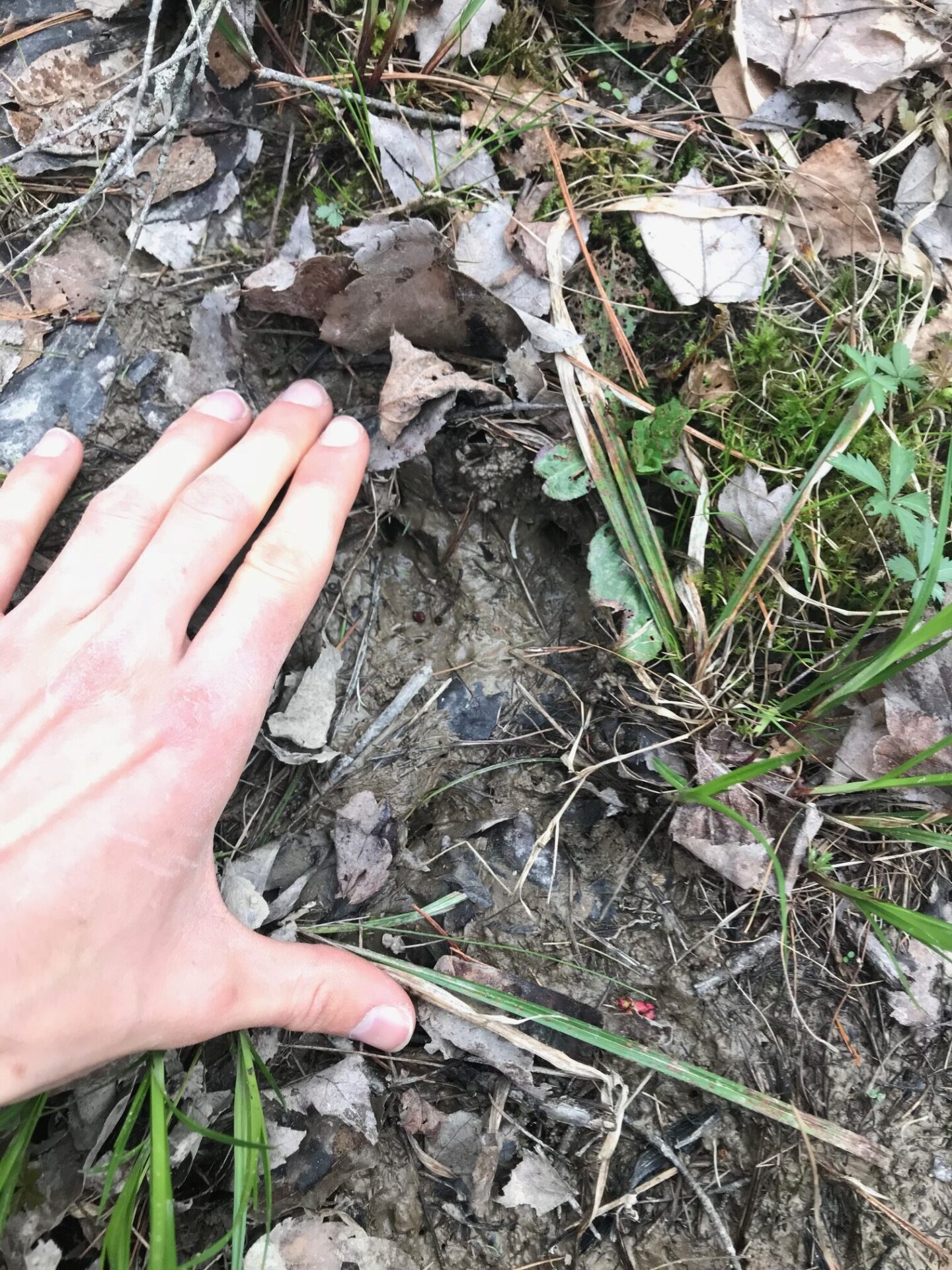
Big Buck Tracks vs Small Deer Tracks
Notice the difference between the bigger buck track and the smaller deer track in the photo below. There are no dew claws showing and almost no toe splaying on the track to the right.
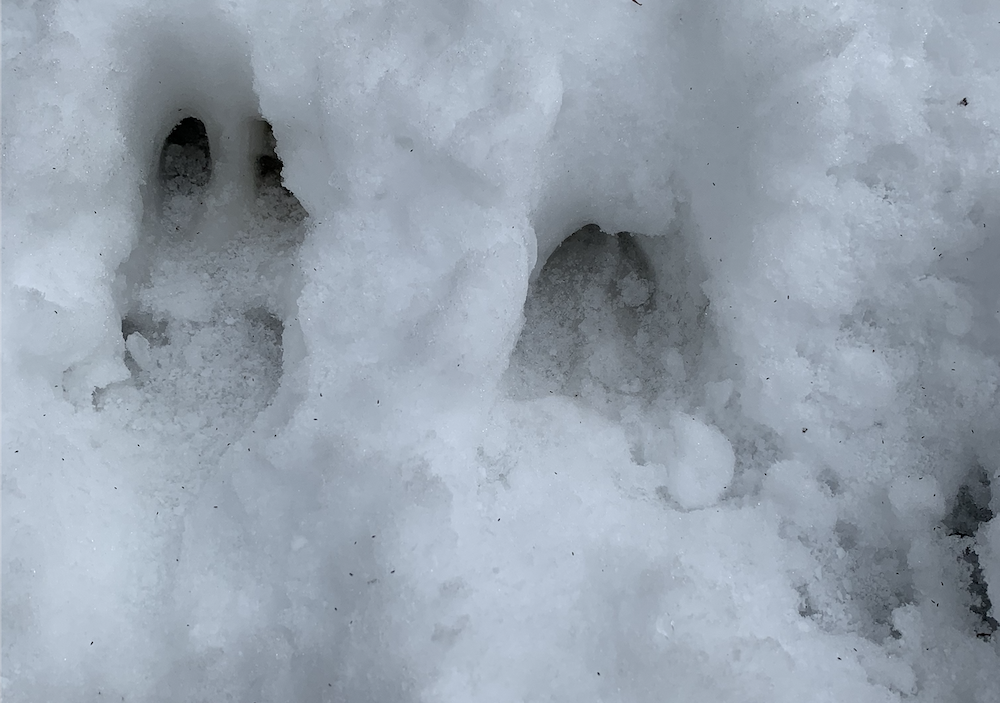
Do All Big Bucks Have Big Tracks?
Not all big bucks have big tracks, but the vast majority do. A small track can sometimes be from a big buck with small feet, and a big track can be made by a smaller deer with big feet. This is where using other indicators is helpful for confirming if a track is made by a big buck.
Putting It All Together
A big buck may have some or all of the characteristics described above. Of course, the more indicators a buck is showing, the better chance you’re on a big buck’s track. After you’ve seen a few of what I call the 10% tracks (meaning only 10% of deer have tracks that big) and applying these concepts in this post you’ll easily be able to identify big buck tracks and differentiate between big buck tracks and other deer tracks.
